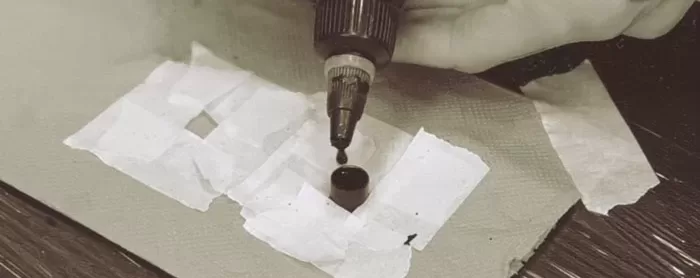Your cart is currently empty!

HOW TO PAINT A TRADITIONAL TATTOO FLASH
Hi everyone!
I regularly receive many questions about the techniques and materials I use to paint my flashes.
So I decided to write this article to explain a little about my process.

First of all, the selection of designs is one of the most important parts.
We can start by choosing a theme, choosing a reference artist or even choosing a temporal aesthetic (1920s, 1950s, 1980s).
After selecting which drawings we are going to paint, it is also important to think about a color palette and check if all the drawings fit into that palette. To do this, we can even start by doing a brief study of shade and color on the iPad, or if we don’t have an iPad, we can print out the drawings and color them with colored pencils. This way we avoid the frustration of finishing painting a flash and it doesn’t turn out as we envisioned.
Once we are sure about what we are going to paint, then we move on to watercolor paper. Regarding the paper, I mostly use the one from Arches or Fabriano (hot pressed, 300gr), but if you prefer to have some grain and texture in the flash, you can opt for a cold pressed one. If you want to give the paper some color, you can use diluted coffee or tea before starting to paint. It’s best to just let it dry well first.
 With the help of a light table, we started by transferring our drawings to watercolor paper.
With the help of a light table, we started by transferring our drawings to watercolor paper.
“What pen do you use?”, you ask. I use a dip pen and water resistant Indian ink. It’s a little more difficult to make perfect lines at first but it also adds some value and style to the painting itself.
When we finish tracing all the drawings, we move on to shading them with the aid of the same water-resistant Indian ink and 2 watercolor brushes (one thinner and the other of medium thickness). Personally, I don’t use the spit shading technique, I prefer to use a container of water and a sheet of kitchen paper to absorb the excess.
 We start by passing the thinnest brush on the limit where we want to shade and then with the medium thickness brush, wet it in water and pass it through the paper to absorb a little. Now, smoothly and consistently, we pass the wet brush along the previously marked paint line, in order to create a gradient.
We start by passing the thinnest brush on the limit where we want to shade and then with the medium thickness brush, wet it in water and pass it through the paper to absorb a little. Now, smoothly and consistently, we pass the wet brush along the previously marked paint line, in order to create a gradient.
Once we have all the drawings shaded, we repeat the process but this time with colored inks. Regarding color paints, I like to use liquid acrylic paints, but we can also use ecoline or even other types of paints.
 Once the painting process is complete, we can use different types of synthetic varnishes to give your painting different finishes and make it more protected over the years. But, pay attention because the paintings will have a very intense smell!
Once the painting process is complete, we can use different types of synthetic varnishes to give your painting different finishes and make it more protected over the years. But, pay attention because the paintings will have a very intense smell!
Finally, keep in mind that this is just my personal technique of painting a traditional tattoo flash. There are a thousand and one ways of painting and the important thing is to innovate as much as possible and go in search of new ways of doing it. Try different pens, different papers, different inks and different techniques. Feel free to share your discoveries with me as I am always interested in learning about different processes.
Thanks for reading, and see you soon!
André Silva Tattooer,
Porto, Portugal